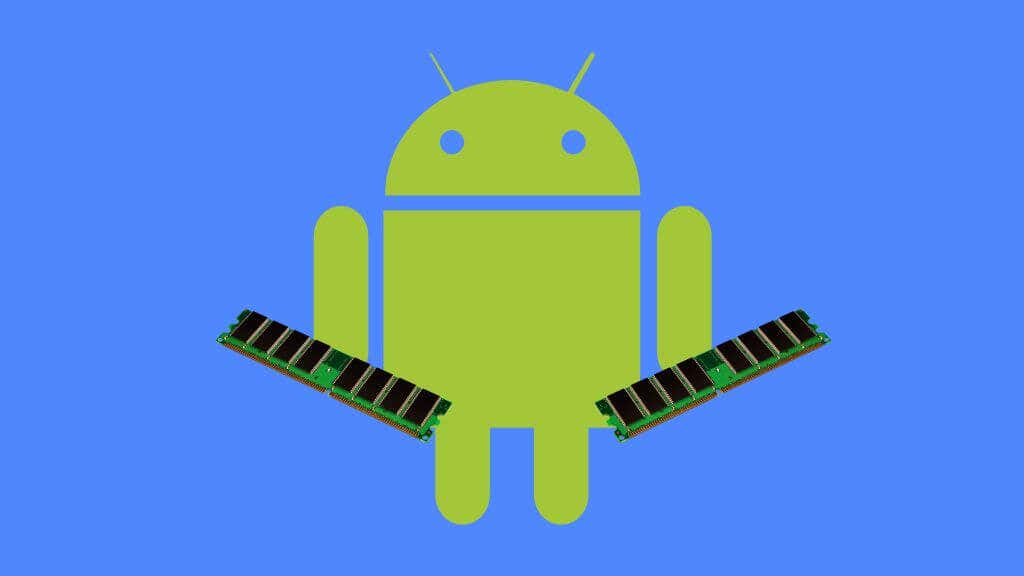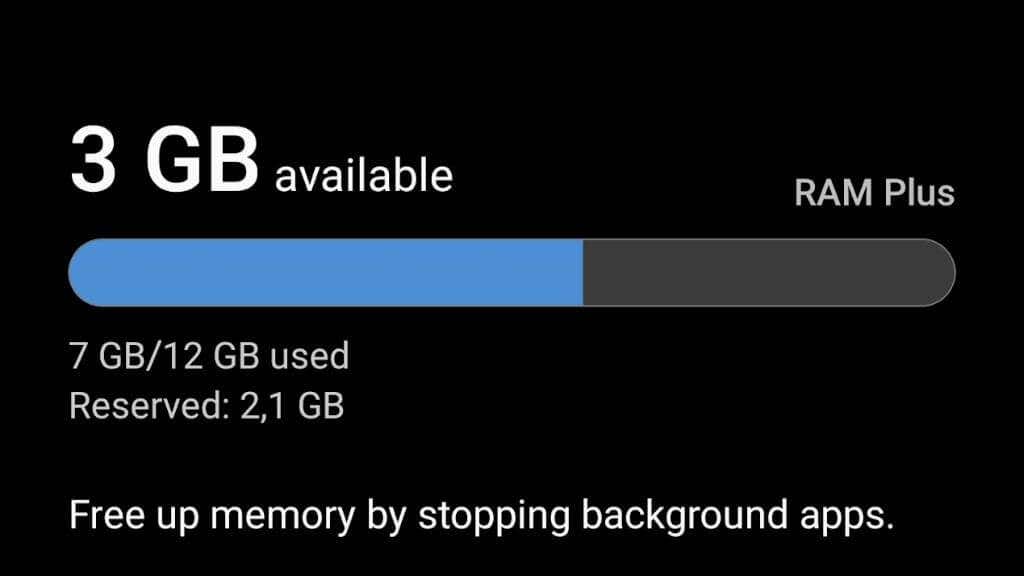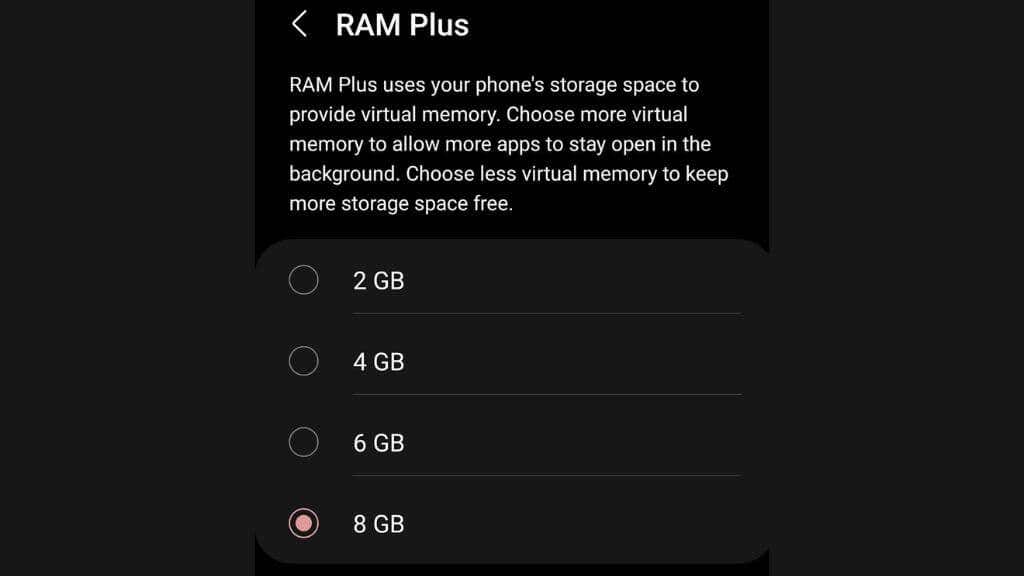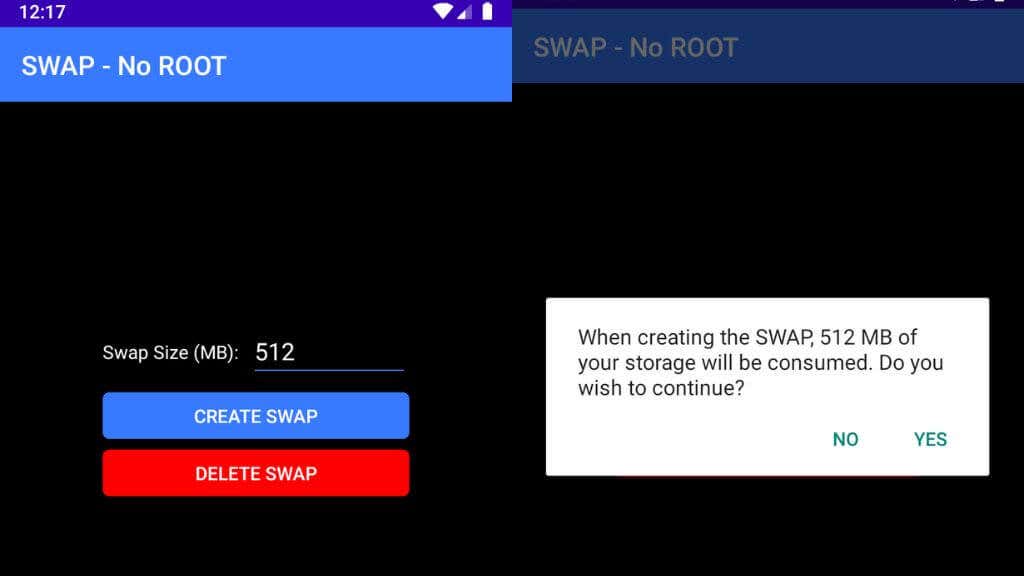Is there such a thing as too much?
Your Android smartphone is essentially a general-purpose computer, which means that just like a laptop or desktop PC, it uses RAM (Random Access Memory) to make your phone capable of running apps and doing everything you need.
These days you can buy an Android phone with memory specs anywhere between 4GB and 16GB of RAM, and there’s no way to upgrade that amount of physical RAM after your purchase. That means you need to pick a phone with the right amount of RAM for your needs or risk having to upgrade to a new handset long before you’d otherwise need to.
What RAM Does in Your Phone
Like other types of personal computer, an Android smartphone has a CPU, RAM, and more permanent storage in the form of an onboard SSD (Solid State Drive). RAM is the fast workspace where the operating system, open applications, and the data they’re working with are kept.
The more RAM your phone has, the snappier its performance when switching between applications. If you want to use apps that consume a lot of memory, such as video editors or complex mobile games, then your phone may not have enough memory to run without hitching and stuttering.
How Android Memory Management Works
How Android manages the allocation of memory to apps significantly influences how much RAM you need. Android is based on the Linux kernel, and the way resources like memory are allocated works the same in both OSes.
When you open an app in Android, it creates a new “process,” which asks for resources such as RAM. The app gets as much as it needs without affecting anything else if there’s free memory available.
If there isn’t enough free RAM, the first thing Android does is “swap RAM pages” to a special compressed segment of RAM called ZRAM. This isn’t a hardware thing. It’s just a logical portion of RAM that’s been cordoned off, containing compressed RAM pages. This data can’t be read directly but must be decompressed and loaded into the regular portion of RAM first. However, it’s still faster than loading app data from storage.
If no more ZRAM is available, Android will kill older processes that aren’t currently in use, freeing up any memory they’re using. Android apps are written in such a way that they know they could be killed off like this as a normal part of RAM management. So, in theory, they should save their state to storage so you can pick up where you left off. However, this does come with a performance penalty.
The Benefits of More RAM
The more RAM you have, the more space you have in ZRAM space, the more active apps you can hold in memory, and the smoother switching between recent apps is likely to be.
Android uses RAM even when it’s not explicitly allocated to an app. For example, if you’re doing file transfers, they can be sped up by using your RAM as a cache. Like all modern operating systems, Android uses as much RAM as you have to accelerate things in general. As soon as a process needs that memory, it’s instantly released, but it’s never literally empty or unused.
Considering that many applications in Android run in the background, it’s also handy to have more RAM so that background processes can proceed smoothly, even if you’re using a RAM-hungry app (such as PUBG or Diablo) in the foreground. If you’re doing split-screen app work while listening to music in the background or downloading files, more RAM ensures things go off without a hitch.
RAM “Plus” Features
While you can’t upgrade a phone’s RAM and Android doesn’t swap RAM to internal storage, some third-party solutions do allow the use of system storage as RAM. This reserves a portion of your phone’s storage as overflow space when available memory runs out.
Modern phone SSDs are still not as fast as RAM, but they are still very fast in absolute terms. Moving your oldest or idle processes to a specially prepared storage region is still much faster than starting the app up after terminating the process. If it’s handled smartly, this approach to swapping memory can result in a smoother experience, especially on mid or low- end devices with minimal RAM.
The latest Samsung Galaxy Phones, such as the S22 Ultra and S21 Ultra, have a RAM Plus feature. Here you can specify anything between 4GB and 8GB of storage to be reserved for swap space. However, these phones generally ship with 12GB of RAM depending on the exact model, so RAM Plus has diminishing returns. The good news is that Samsung’s mid-range phones also get the feature.
If you don’t have a phone (such as a Google Pixel) that offers such a feature, you can also use a third-party app such as the popular SWAP. However, you run a greater risk of instability or other bugs than a manufacturer-approved feature.
How Much RAM Does Your Phone Need?
As you’ve seen from the discussion above, the amount of RAM you need in your phone depends on how you use it and what you need it to do. So we’re going to look at each common RAM allocation mount found in modern phones and describe what type of user is best-suited to each volume of RAM.
Keep in mind that Android phones with less RAM also tend to have weaker CPUs and GPUs, so even if you don’t need as much RAM as the amount on offer, you may still need the other components that go with it to run specific apps.
- Less Than 4GB of RAM: We can’t recommend any Android devices that offer less than allocations such as 2GB of RAM, or 3GB of RAM to any user. Modern versions of Android require around 1.5GB of storage just for the system, so smaller RAM capacities would make the overall experience relatively poor.
- 4GB RAM: This is an excellent RAM size for users who only use their smartphones for a limited number of tasks. If you mainly use social media apps, WhatsApp, email, and light web browsing with only a few open tabs, you should be happy with 4GB of RAM. Playing higher-end games may result in laggy app switching or background apps freezing. You should also consider using lightweight browsers such as Opera rather than RAM-heavy browsers such as Chrome.
- 6GB RAM: This is a good level of RAM for users who have multiple standard apps open (e.g., Twitter, Facebook, and Instagram all at once) or who like to have a moderate number of browser tabs open. This is also a good choice if you’re a frequent video or audio streaming user or have background applications running on your phone. This is an excellent choice for those who like to play advanced mobile games since you should have no performance issues with one such game alongside your standard apps. It’s a great entry-level segment for gamers.
- 8GB RAM: 8GB is the best balance between cost and performance. Power users who want to use video editing applications or have many different apps and games to switch between should go for 8GB of RAM, since it’s perfect for heavy multitasking that results in high RAM usage.
- 12GB RAM (or more): This is more than enough RAM for nearly anyone, in fact, it’s overkill for a mobile phone. You’ll only find this in high-end devices like the Galaxy S21 Ultra or Galaxy Note. If you do everything on your smartphone and use Android desktop solutions such as Samsung Dex, then 12GB of RAM or more is a meaningful choice.
It’s also worthwhile if you want maximum smoothness and snappy system responsiveness since, in general, there’s plenty of memory to support caching and system acceleration and if you want ultimate future-proofing then the 12GB and up the club is for you!







